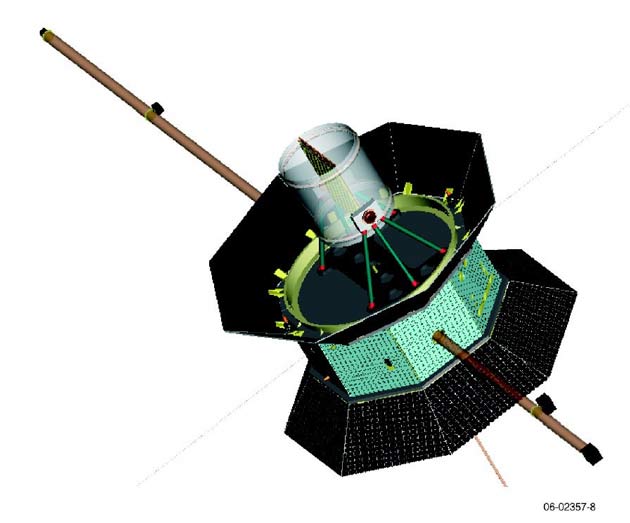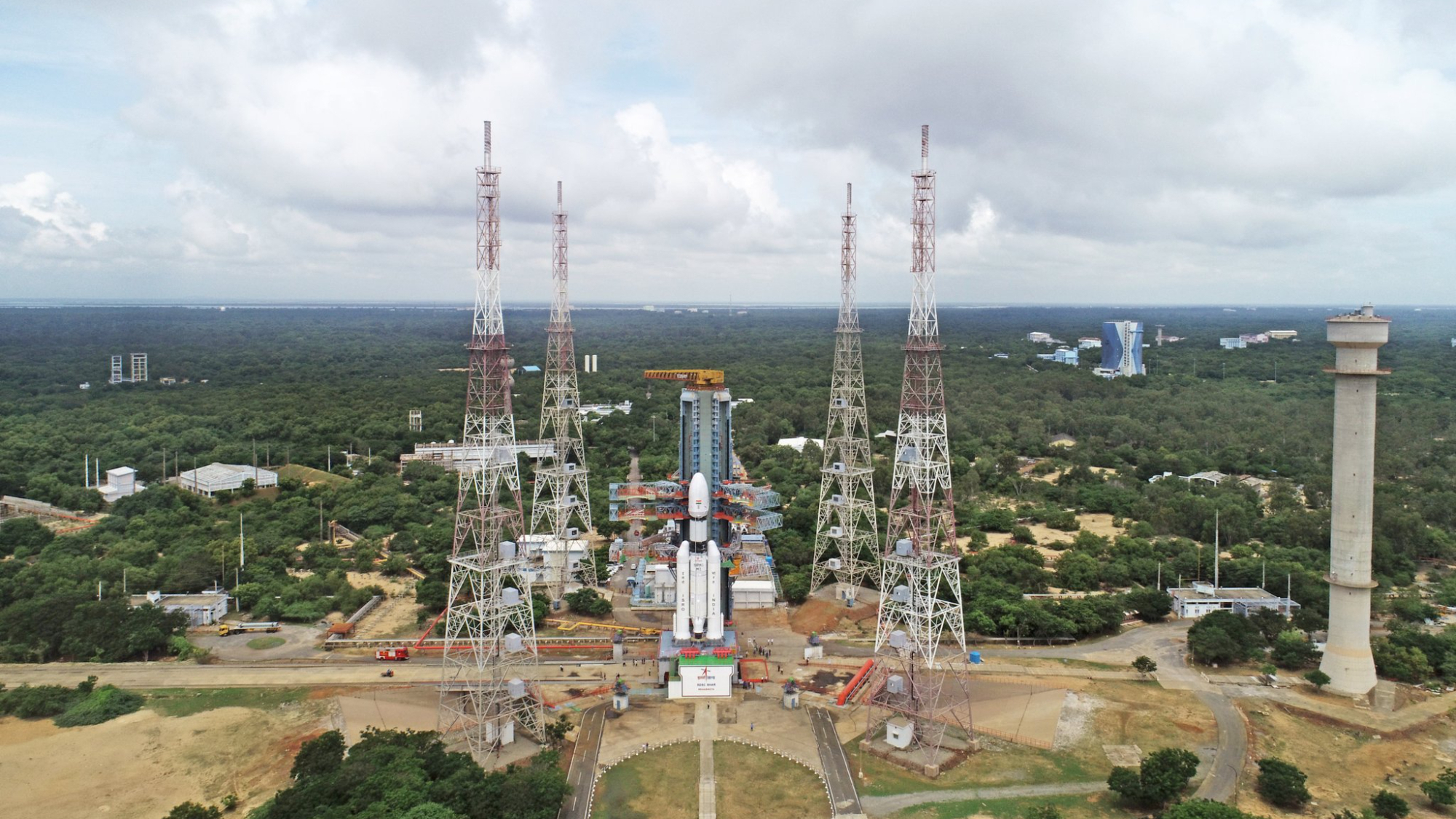NASA Mulls Better Monitoring of Deadly Space Storms

Now that NASA has settled on Lockheed Martin to build the Orion spacecraft that will propel the agency back to the Moon, officials are mulling a new fleet of vehicles to monitor potentially hazardous space storms that could turn such a mission into disaster.
The Solar Sentinels mission, only in an early discussion phase, would provide important data on heavy doses of solar radiation that can threaten astronauts and the electronic components of their spacecraft.
An astronaut on a spacewalk could become very sick, or even killed, by a large solar flare, scientists say. Advance warning of such storms will be crucial to anyone on the Moon or Mars, so they can take cover in time.
A storm in 1859 and another in 1972-the latter sandwiched between two Apollo missions-both could have been deadly, according to a NASA statement issued today.
Waxing Sun
Solar activity waxes and wanes in a roughly 11-year cycle. Right now the Sun is in a quiet period, but its Solar Cycle 24 is just beginning and will peak between 2010 and 2012.
"NASA astronauts are scheduled to return to the Moon around 2020," said Robert Lin, a solar physicist at the University of California, Berkeley. "We've got only one solar maximum left to learn what we need to know" to protect the crews.
Breaking space news, the latest updates on rocket launches, skywatching events and more!
Lin led a NASA commission that began in 2004 looking into the potential need for Solar Sentinels. Additional eyes in space are indeed needed, the group concludes in a new report.
The SOHO spacecraft already watches radiation storms lifting off the Sun, and the soon-to-launch STEREO mission will provided a better view in 3D.
But some scientists say more is needed to learn about the radiation threats to future explorers, who would be in space for months and venture beyond the relative protection offered by Earth's magnetic field to crews aboard the International Space Station.
The far side
One glaring hole is the hard-to-study far side of the Sun, where a solar storm can head undetected out to Mars during certain portions of that planet's orbit-such as when the two planets are on opposite sides of their parent star.
Solar Sentinels would consist of:
- Inner Heliospheric Sentinels: four identical probes stationed inside the orbits of Venus and Mercury to sample energetic solar particles close to the Sun [schematic].
- Near-Earth Sentinel: a probe orbiting Earth to observe the Sun's atmosphere, from where big storms emanate.
- Farside Sentinel: a probe to watch the far side of the Sun.
The mission would use existing technology to make it relatively easy to build quickly. NASA's Science Mission Directorate "is considering the Sentinels recommendations," according to the statement.
"NASA needs reliable forecasts of space weather," said David Hathaway, a solar physicist at NASA's Marshall Space Flight Center. "The problem is, scientists are still learning to make these forecasts. "It's often said that space weather forecasting is 50 years behind Earth-weather forecasting. We need to catch up."
- Gallery: Sun Storms
- Sun's Next Stormy Cycle Starts
- The Great Storm: Solar Tempest of 1859 Revealed
- Shields Up! New Radiation Protection for Spacecraft and Astronauts
- New Model Predicts More Intense Solar Storms Ahead
- Lockheed Martin to Build NASA's Orion Spaceship
- VIDEO: Danger! Solar Storm
Join our Space Forums to keep talking space on the latest missions, night sky and more! And if you have a news tip, correction or comment, let us know at: community@space.com.

Rob has been producing internet content since the mid-1990s. He was a writer, editor and Director of Site Operations at Space.com starting in 1999. He served as Managing Editor of LiveScience since its launch in 2004. He then oversaw news operations for the Space.com's then-parent company TechMediaNetwork's growing suite of technology, science and business news sites. Prior to joining the company, Rob was an editor at The Star-Ledger in New Jersey. He has a journalism degree from Humboldt State University in California, is an author and also writes for Medium.
